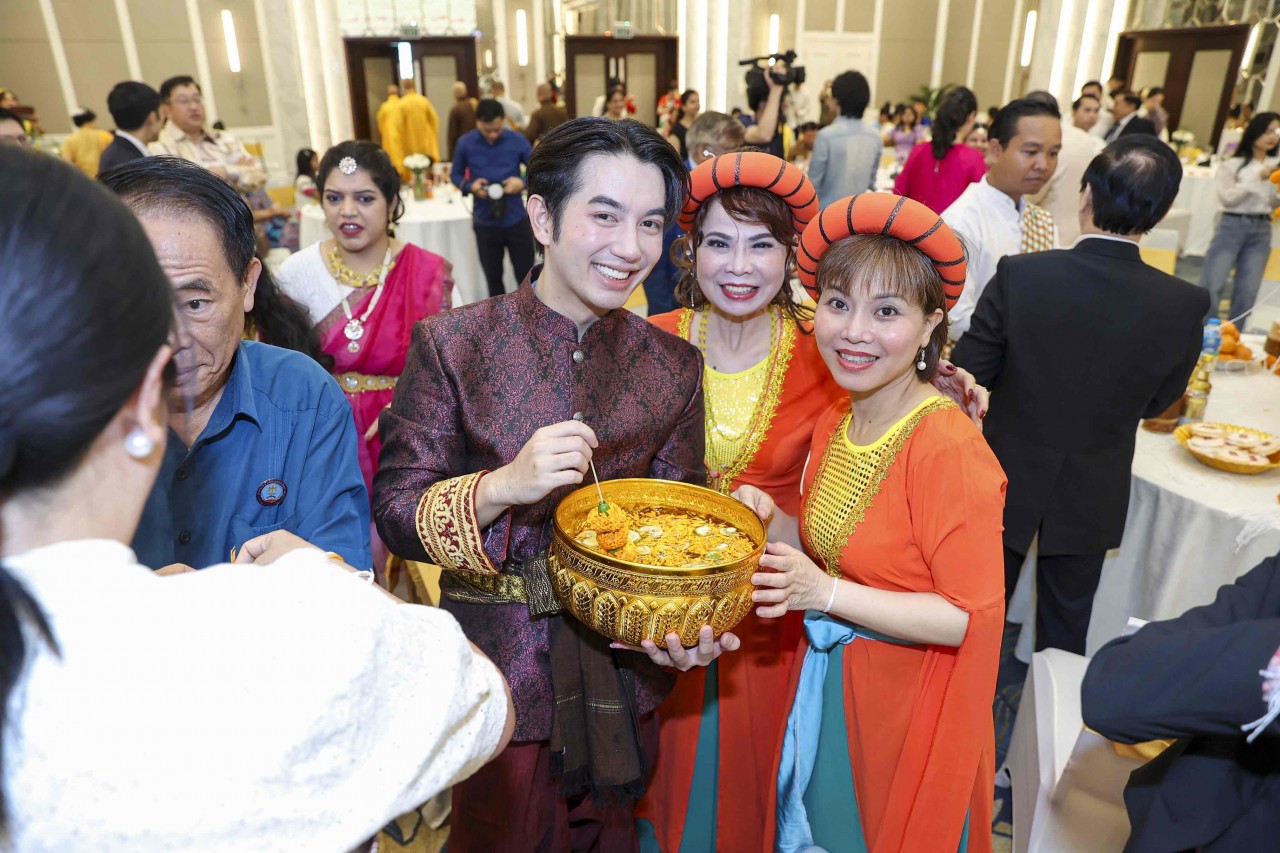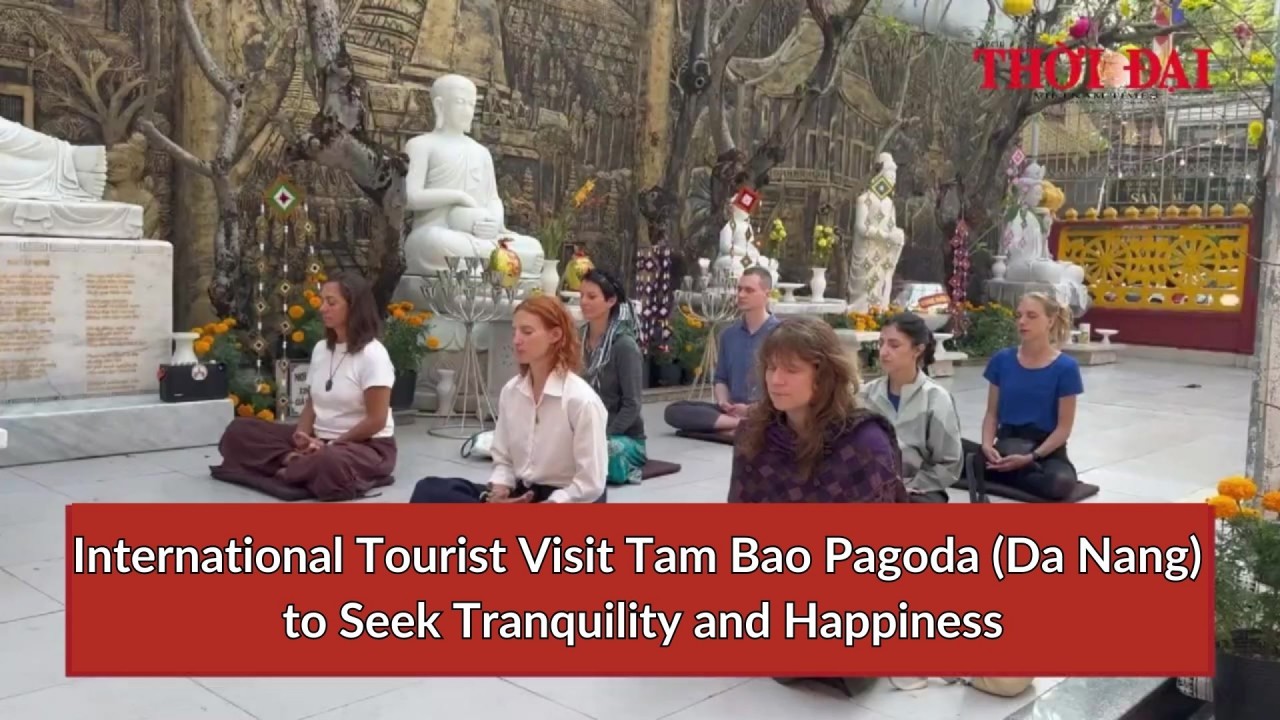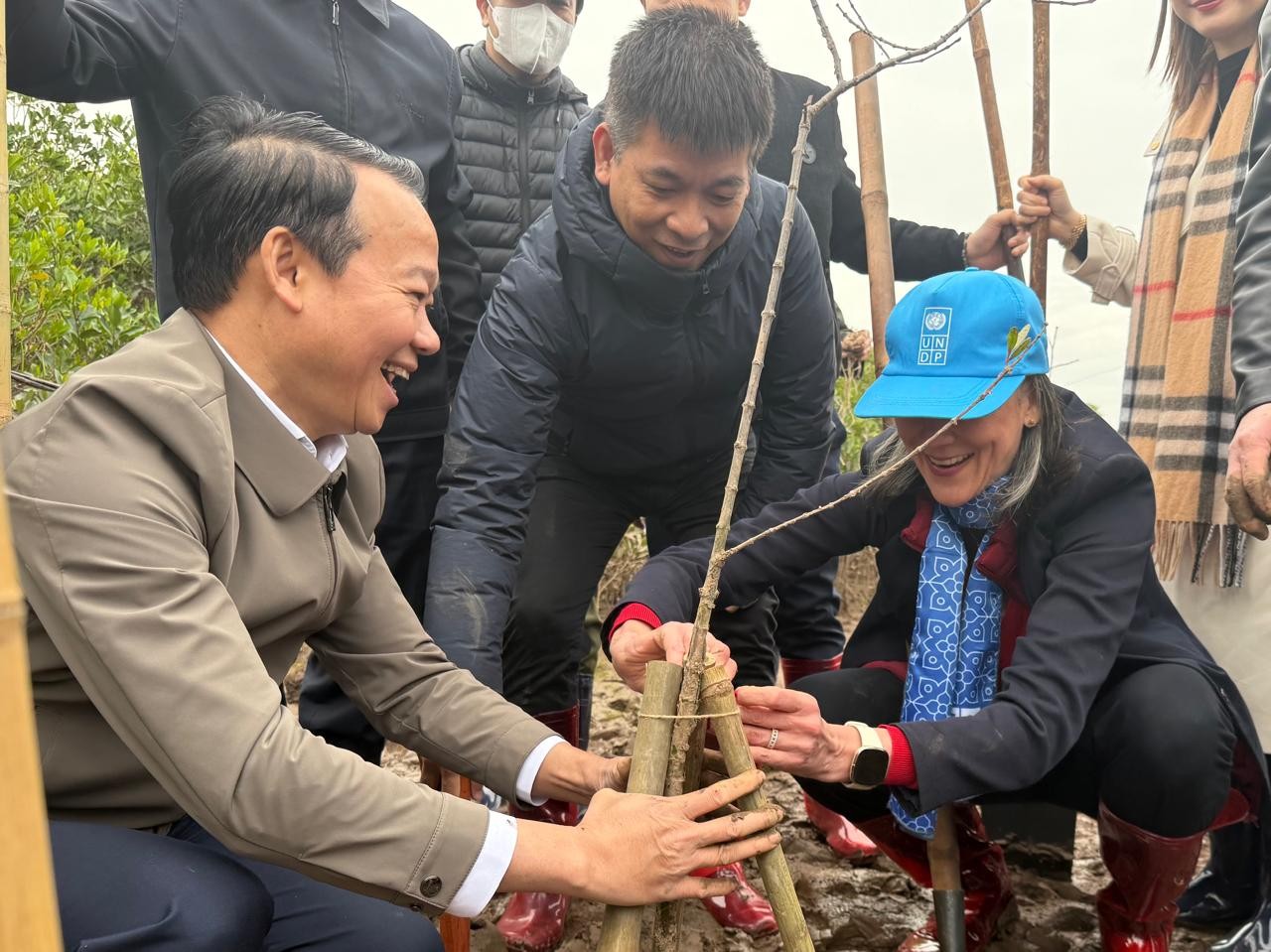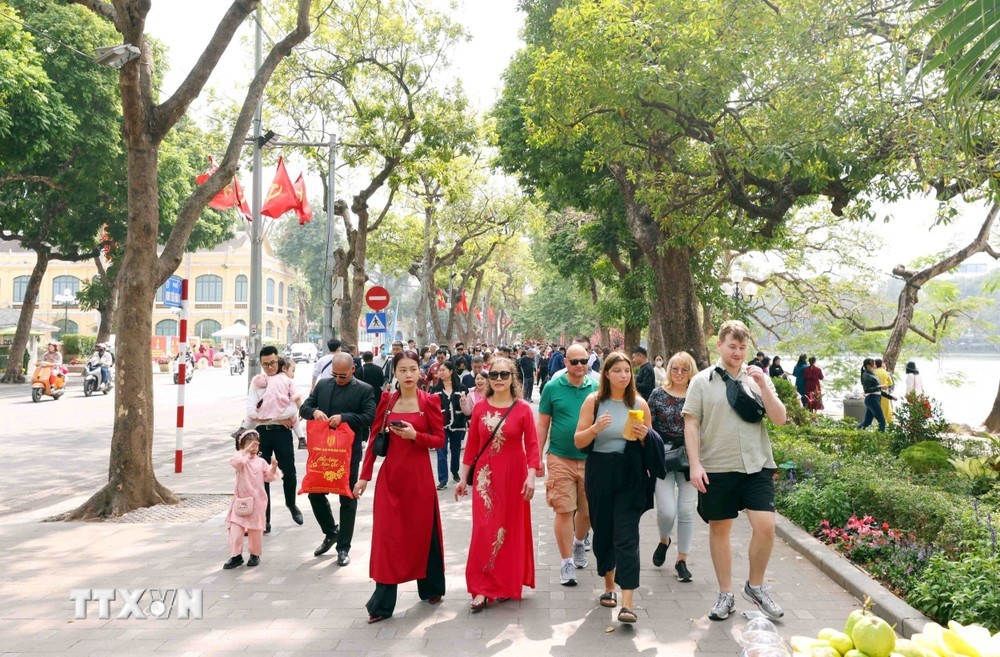Hue City Reenacts Neu Pole Erecting Ceremony at Imperial Citadel
The Hue Monuments Conservation Center hosted the “Thuong tieu” (neu pole erection) ceremony on January 14 at Hue Imperial Citadel (Dai Noi) in the central province of Thue Thien-Hue.
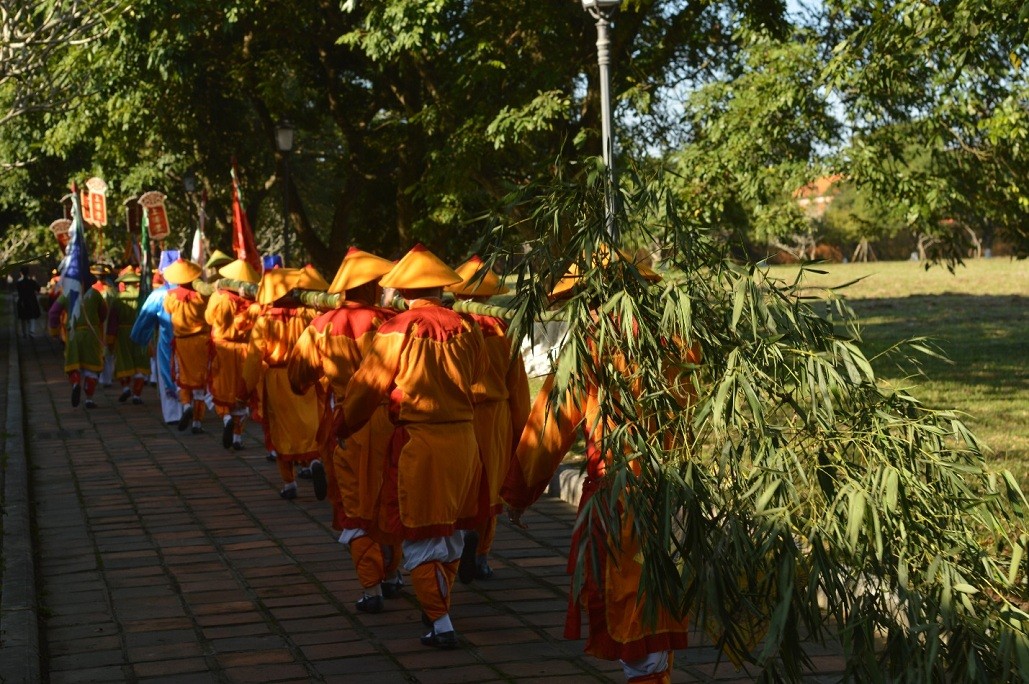 |
| The neu pole erection for the Lunar New Year is a traditional practice of the Vietnamese, and also an important etiquette to welcome the new year of the Nguyen dynasty court. Source: tcdulichtphcm.vn |
The nearly 20-metre bamboo pole was carried by ten costumed soldiers in a procession, where it was put up to the backdrop of ceremonial music and smoke from burning incense at the Ancestral Temple.
The erection of the Neu pole on the 23rd day of the 12th lunar month, marks the beginning of Tet. It coincides with the day when the Kitchen Gods are believed to ride carp fish to the Heavens to report on events from the past year.
Similar Neu pole erecting ceremonies will also be held at different places from now to the last day of the lunar year.
The event follows the ancient royal custom of the Nguyen Dynasty, with the aim of creating a joyful atmosphere on the occasion of the upcoming Lunar New Year.
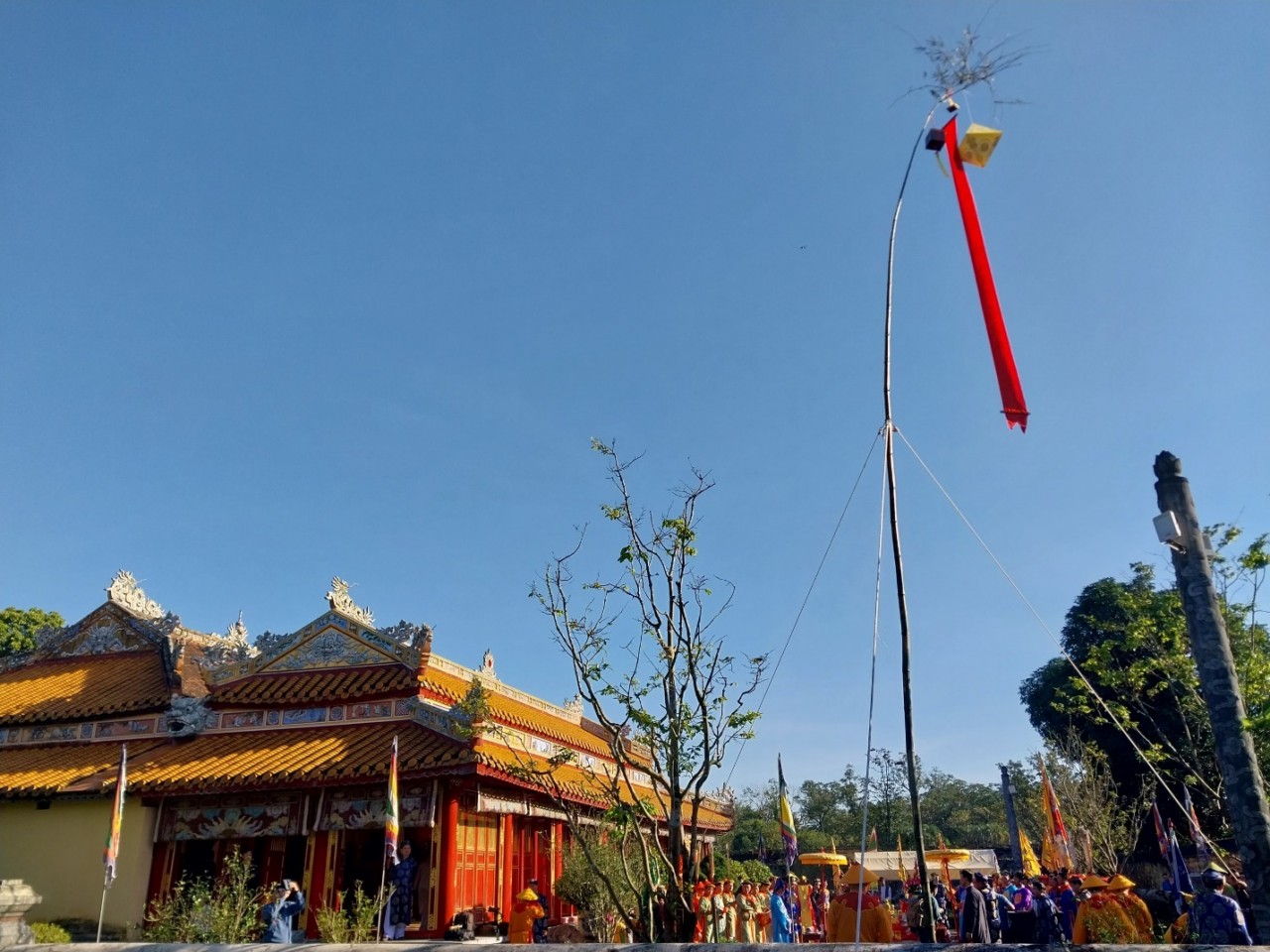 |
| Neu pole sends off evil spirits, welcome blessings. Source: tcdulichtphcm.vn |
It is also one of the cultural customs, not only in the nation, but in many other Asian countries. However, for Vietnamese people, the custom of erecting the pole has become a cultural feature for thousands of years.
During 143 years of reign (1802 – 1945), the Nguyen Dynasty held an annual ceremony to erect the Neu pole at the Imperial Citadel, according to VNA. The pole had ritual items on its top such as a royal seal, a paper scroll and pen, which imply that the royal court stopped working during Tet.
Under the Nguyen Dynasty, ordinary people would erect a Neu pole after the pole was set up at the Imperial Citadel.
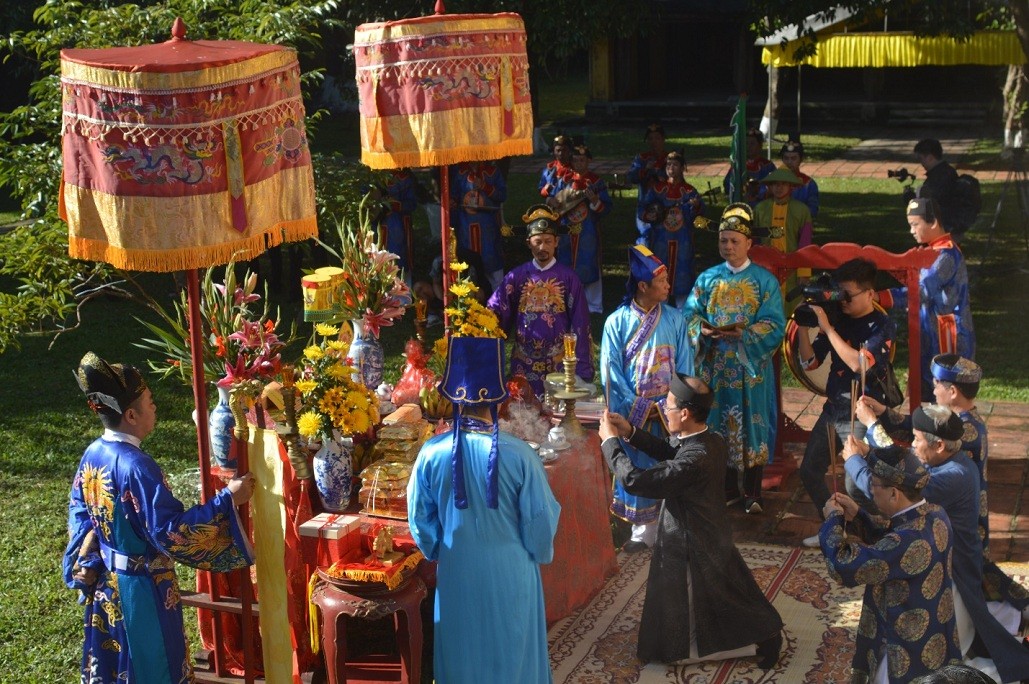 |
| Households could only erect neu poles after the one at the shrine worshipping the founding king of the Nguyen dynasty had been completed. Source: tcdulichtphcm.vn |
The one erected in the inner capital is a long, big and strong bamboo pole, with leaves left on its top, often with a line of beautiful words for good luck in the coming year.
Under the reign of King Minh Mang, the royal court often selected several seals to be hung on top of the pole, implying that the court will not receive official documents or use the seals so that it can take the work off for the festival. The seals bear the image of a dragon, symbolising the power of the king.
In strict observation of the traditional practice, the centre selected several seals, placed them in a basket and hung them on the pole.
Dressed as mandarins and soldiers of the Nguyen dynasty and escorted by royal music and flag troupes, those performing the neu procession start their work from Hien Nhon Gate. To ancient music, 10 soldiers carry the pole and march to the Royal Palace, through the shrine worshipping the founding king of the dynasty and the Thai Hoa Palace to the main gate of the shrine, worshipping the kings before starting the erection of the pole.
The Neu pole is also believed to ward off ghosts and demons from entering the community during Tet. It would also direct ancestors seeking the path home for the Lunar New Year holiday.
It will be taken down on the seventh day of the first lunar month to mark the end of the Tet celebration.
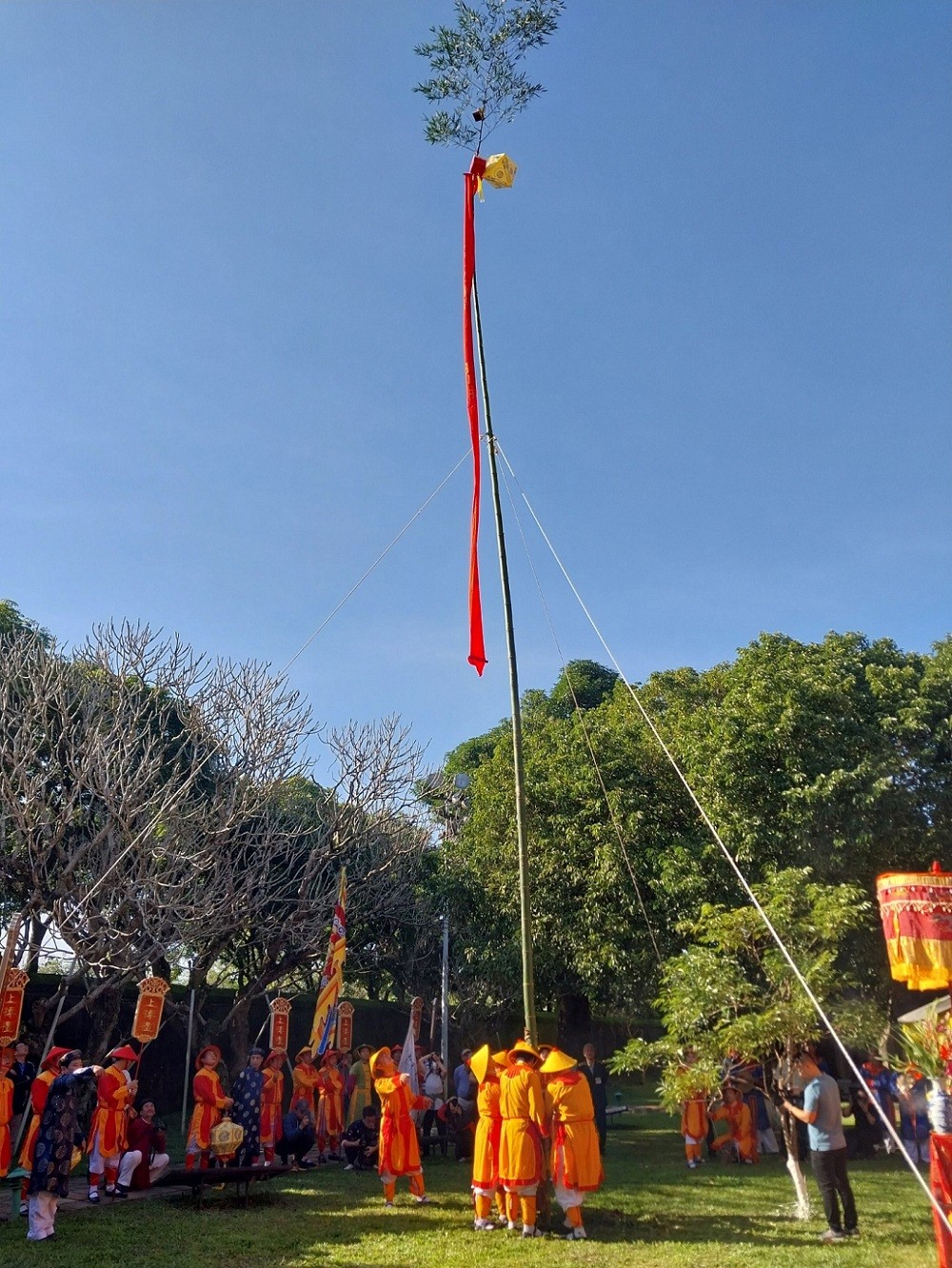 |
| The erection of the Neu on the 23rd day of the 12th lunar month marks the beginning of Tet. It coincides with the day when the Kitchen Gods are believed to ride a carp to the Heaven to report on events from the past year. Source: tcdulichtphcm.vn |
At the shrine where the kings are worshipped, offerings such as pork, chicken, sticky rice and fruits are made on an altar. In the old days, the offerings were prepared by the royal Ministry of Culture. To the music of the royal troupe, the 10 soldiers start to erect the pole.
Under ancient rule, residential households could start the work only after they had seen the pole in the royal palace. On the seventh day of the first month of the lunar year, the poles would be lowered, marking the end of the Tet festival when the court started to resume the use of the seals, farmers restarted their work in the fields, and life went back to normal.
Neu pole erection is a traditional etiquette announcing the approach of the Tet that invites ancestors back to their families to enjoy the important festival with their descendants, nurturing the dream of a new year full of successes and happiness. This helps explain why the practice has been kept and passed down from one generation to another for millennia.
The same day, similar ceremonies also took place at the Temple of Original Ancestor and Long An Palace within the city’s Complex of Hue Monuments.
Nguyen Phuoc Hai Trung, deputy director of the Center for Conservation of Hue Monuments, said visitors will have the opportunity to interact during the course of the ceremony to gain greater insights into the festival’s rituals.
 | Hue's Salted Coffee - A Unique and Tasty Drink If iced milk coffee is popular in Ho Chi Minh City and egg coffee is Hanoi's specialty, then salted coffee is a delicacy of Hue. |
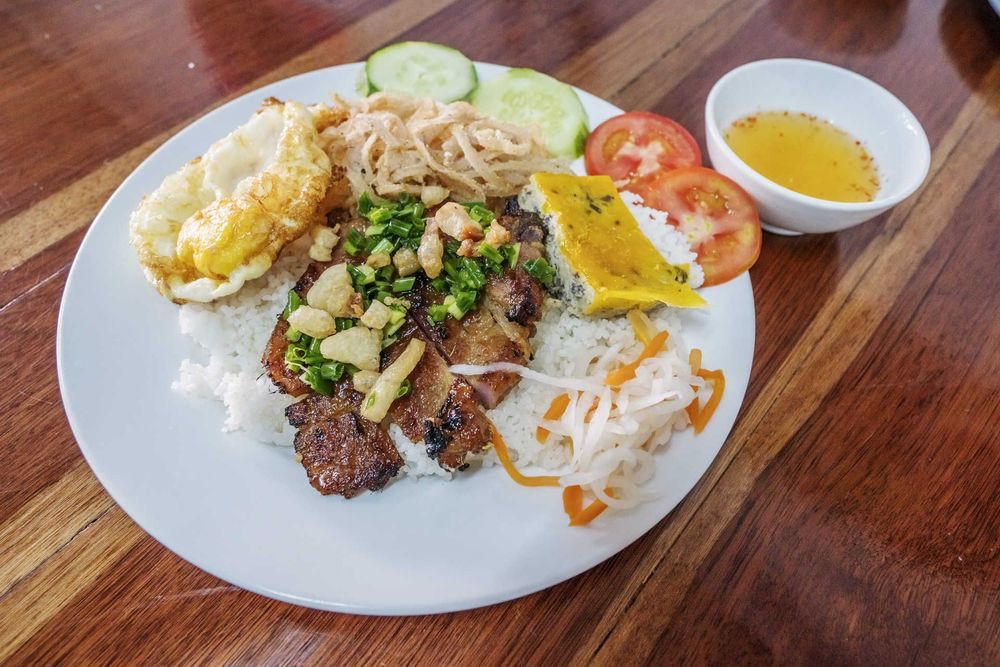 | TasteAtlas: Vietnam Among Top 20 World's Cuisines Ranking Vietnam has been listed among the top 20 countries in the world with the best cuisines, as compiled by renowned international food magazine TasteAtlas. |
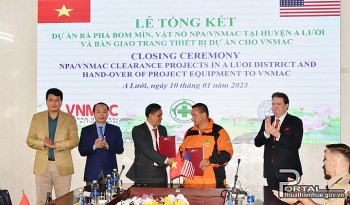 | Over 50 Hectares of Land Cleared from UXO in Thua Thien-Hue Province Thua Thien - Hue is one of the localities heavily affected by bombs and mines left over from the war, mostly in the mountainous district ... |
Recommended
 Focus
Focus
Vietnam Leaves Imprints on the World Peacekeeping Map
 Viet's Home
Viet's Home
“Global Vietnamese Singing 2025” - Connecting Hearts Longing for Homeland
 Viet's Home
Viet's Home
Vietnam’s People's Public Security Force Actively Contributes to UN Peacekeeping Operations
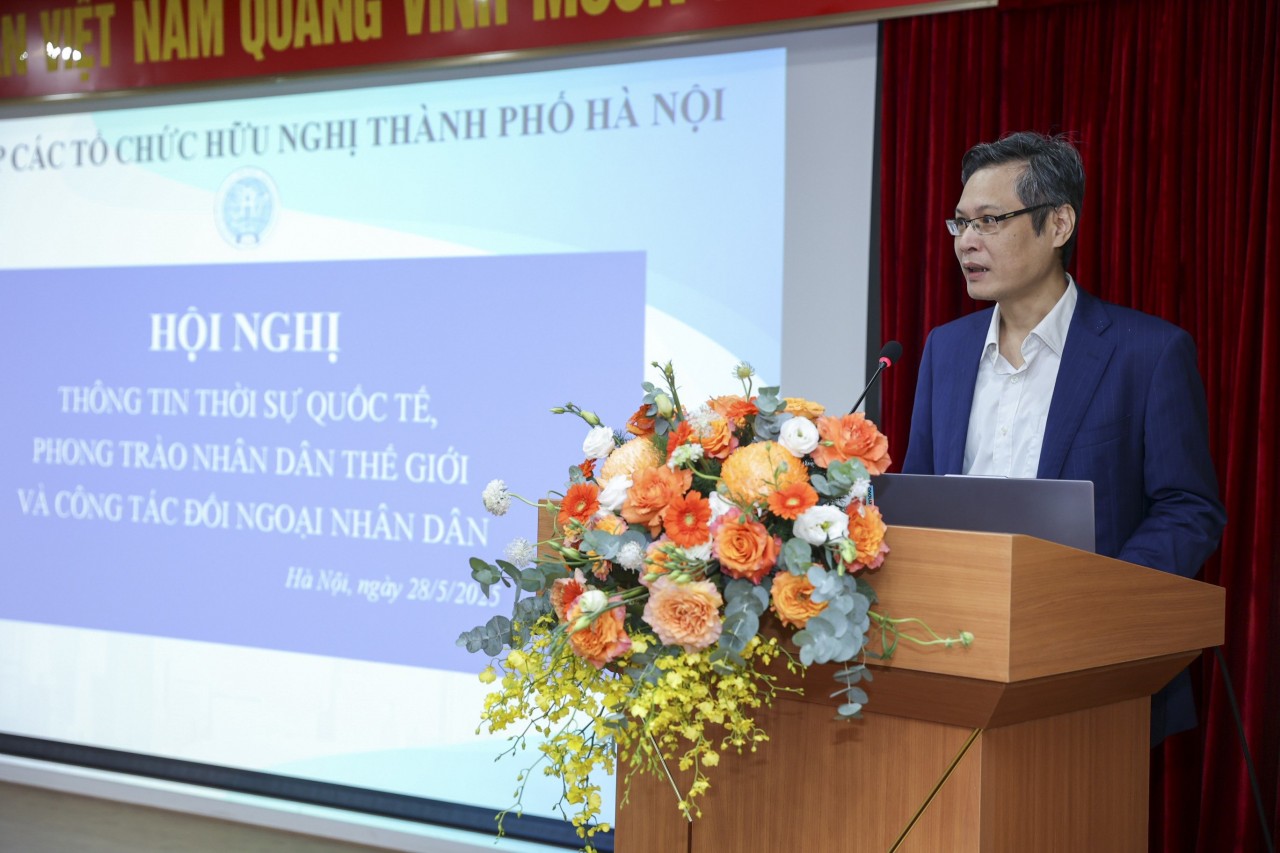 Viet's Home
Viet's Home
HAUFO Enhances Competence of People-to-People Diplomacy Personnel
Popular article
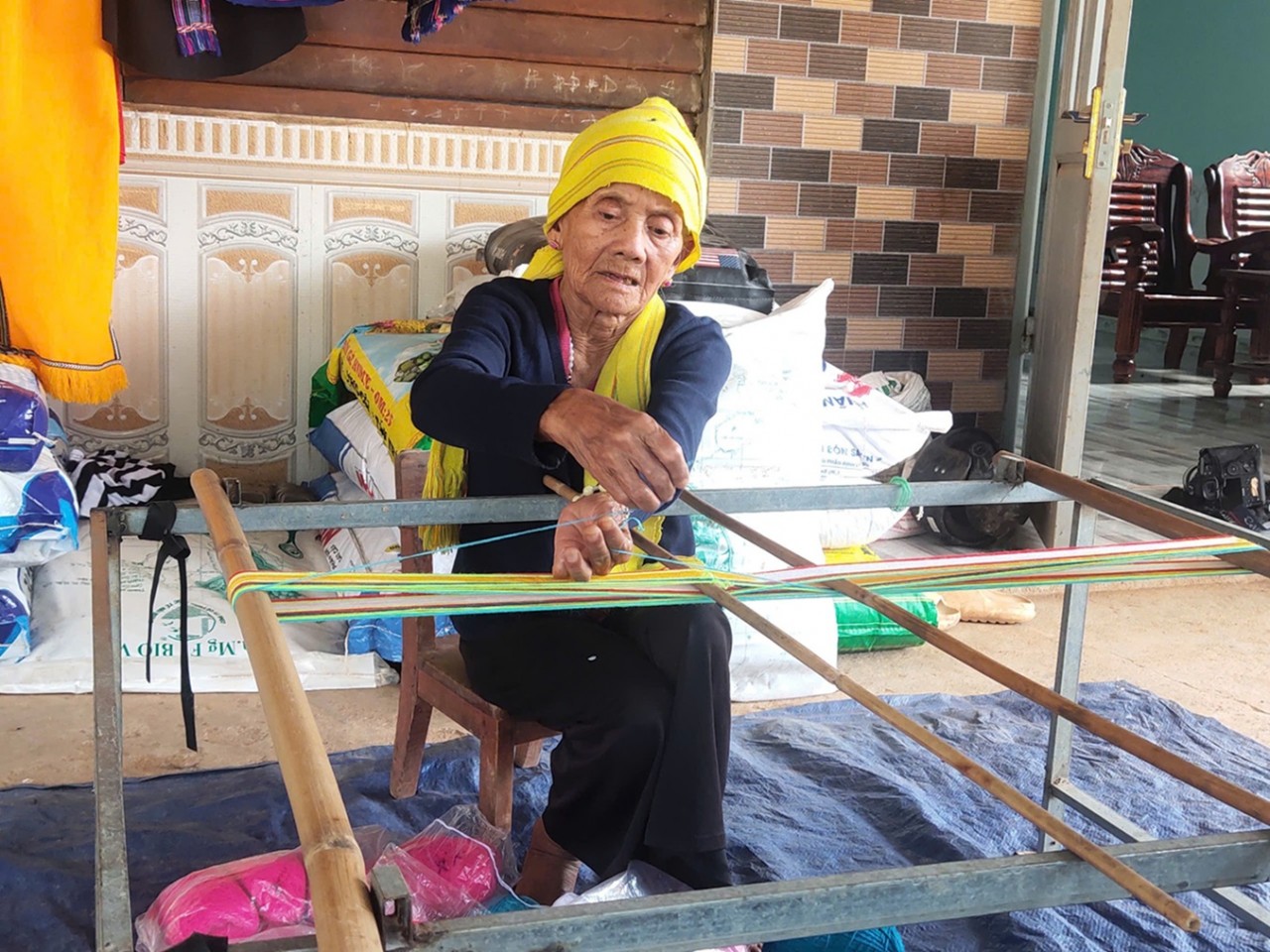 Viet's Home
Viet's Home
Hands that Reserve Da Long Brocade Craft
 Viet's Home
Viet's Home
Da Rsal – How Digital Transformation Reshape a Poor Commune
 Viet's Home
Viet's Home
Vietnam Classified as “Low Risk” Under the EU Anti-Deforestation Regulation
 Viet's Home
Viet's Home




